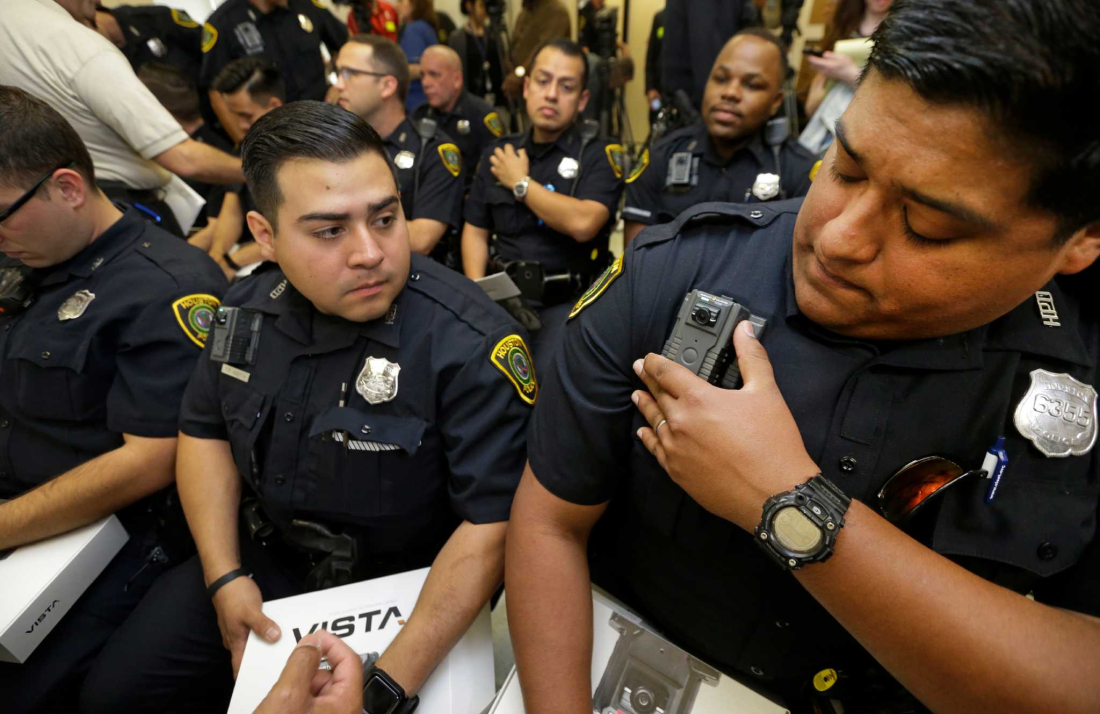
In a move aimed at improving transparency and accountability, the Houston Police Department (HPD) has introduced a policy change regarding the use of body-worn cameras. HPD Chief Troy Finner announced the changes at a news conference on January 25, emphasizing the importance of these cameras in documenting police interactions with the public.
The Overview
Body-worn cameras have been a crucial tool for the HPD since their implementation in 2015. Chief Finner explained that they serve to increase transparency and aid in situations where officers engage with the public. The newly introduced policy mandates officers to activate the “record-after-the-fact” feature on their cameras. This feature allows the retrieval of video footage from body-worn cameras in cases where an officer is unable to or neglects to activate the camera during an incident.
Chief Finner highlighted that this decision followed extensive discussions with the police union and officers across the department.
The Backstory
The HPD adopted body-worn cameras in 2015, accumulating approximately 2.7 million videos documenting interactions with the public, as revealed by Chief Finner. The introduction of new rules in March 2021, following police reform efforts prompted by the murder of George Floyd, mandated the release of body-worn camera footage within 30 days of a “critical incident,” including officer-involved shootings.
Since then, 83 videos of critical incidents have been released to the public.
The Context
Chief Finner referred to two recent critical incidents involving HPD officers during the January 25 news conference. These incidents underscored the need for the new policy:
- December 2, 2023: HPD Sgt. Mauricio Valle was ambushed and shot multiple times. The subsequent release of body-worn camera footage on December 19 provided insight into the incident.
- December 17, 2023: An officer responding to a robbery failed to capture video on a body-worn camera during the discharge of a weapon.
Chief Finner acknowledged that while most officers diligently capture incidents, circumstances may arise where activation is challenging.
The Details
The “record-after-the-fact” feature has been available in the past, but previous administrations opted against its use. Chief Finner clarified that state privacy laws prevent police departments from requiring continuous footage capture. Drafting language for the new policy is ongoing, with specific criteria for retrieving footage to be determined while respecting officer privacy.
As of December 21, Chief Finner is the sole authority to decide when video footage needs retrieval. The exact timeframe for retrieving footage is yet to be specified, but Chief Finner assured that efforts are underway to establish these details.
Acknowledging imperfections, Chief Finner asserted that the introduction of “record-after-the-fact” will increase the likelihood of capturing essential footage.
What They’re Saying
Chief Finner stressed the importance of making footage accessible not only to officers but also to the public, emphasizing its use for training and improvement. Douglas Griffith, president of the Houston Police Officers Union, echoed these sentiments, highlighting the importance of quickly sharing video footage with the public to dispel misconceptions and enhance transparency.










